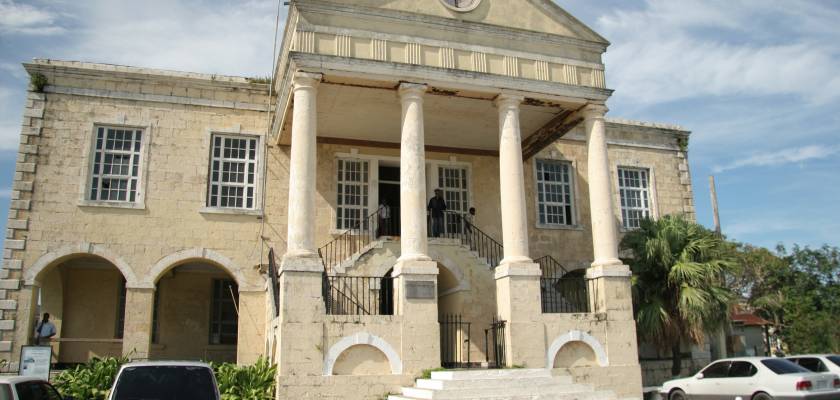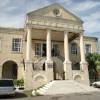Moon Author's Review
Trelawny's capital, Falmouth, is today a run-down shadow of its short-lived former Georgian prime. Nevertheless, noble and much-appreciated efforts are under way to dust off years of neglect and shine favor on the town's glorious past by restoring its architectural gems. Falmouth was formed in 1790 when the port of the former capital Martha Brae silted up and shippers needed an export base. The town was laid out in a well-organized grid and named after Falmouth, England, birthplace of then-governor William Trelawny, who lent his name to the parish. The land for the town was acquired from Edward Barrett, who owned Greenwood Estate a few kilometers west. For the town's first 40 years during the height of Jamaica's sugar production, Falmouth experienced a housing boom and was fashionable amongst the island's planter class. But as the sugar industry faded in importance, so too did Falmouth, leaving a virtual ghost town by the late 1800s.
Today, with somewhat decent roads and its close proximity to resort areas in Montego Bay, the town is attracting a growing population once more. Thanks to the efforts of a nongovernmental organization (NGO) known as Falmouth Heritage Renewal (4 Lower Harbour St., tel. 876/617-1060, jmparrent@yahoo.com, www.falmouth-jamaica.org), the town has become a laboratory for architectural restoration. Falmouth Heritage Renewal, directed by James Parrent, has been working for several years to revitalize the architectural heritage of Jamaica's most impressive Georgian town by training local youth in restoration work. The Georgian Society in Kingston (tel. 876/754-5261) has a wealth of information on Falmouth.
Falmouth is famous for its Bend Down Market, held every Wednesday since the town's founding.









